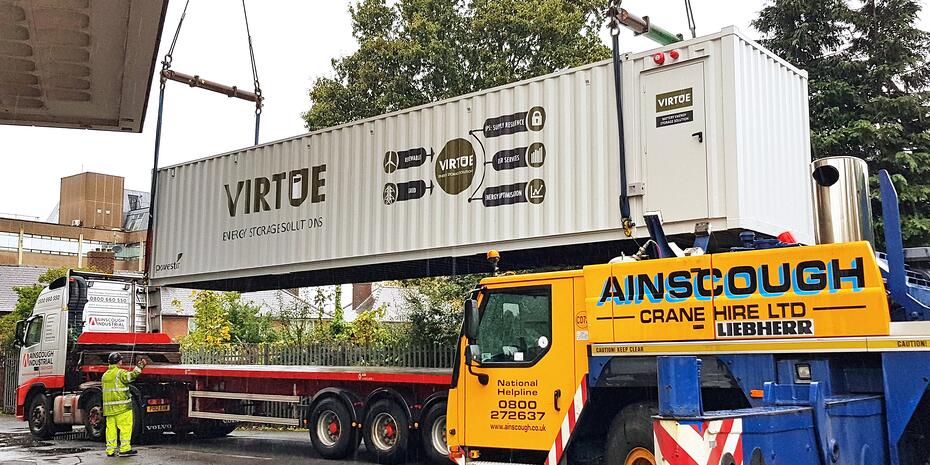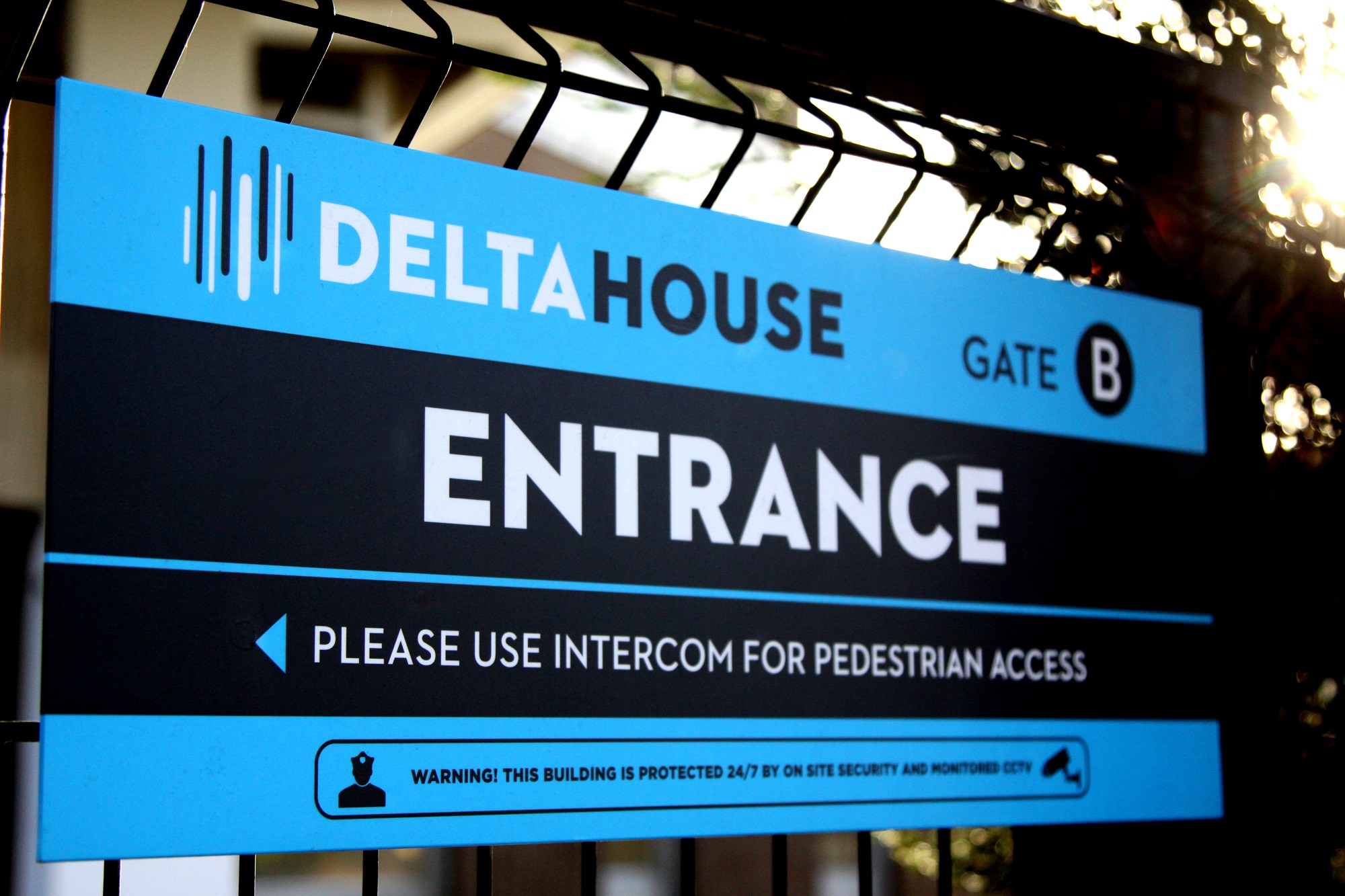
‘Brexit’ which refers to the UK’s withdrawal from the European Union means big changes for UK businesses. Since the end of the transition period at the end of December last year, there has been a lot of talk amongst what this means for business owners, their digital operations and online presence.
As a result of the UK leaving the European Union, many UK-based owners of .EU domains no longer meet the .EU eligibility requirements. For example, organisations established solely in the UK are no longer entitled to hold a .EU domain, meaning that your website could be taken offline.
What happens to .EU domain names following the end of the Brexit transition period?
The UK’s departure from the EU has prompted a range of concerns and questions for online businesses, perhaps the most talked about right now is what happens to .EU domains that are registered in the UK?
The. eu top-level domain (TLD) gives Europe its own internet identity and allows users to create a pan-European internet identity of their websites and email addresses. According to Eurid’s archives, there were over 300,000 domains in the UK using a .eu domain.
At present, tens of thousands of website owners have had their domains suspended and fallen victim to a ‘Brexit blackout’ as a result of the regulatory changes caused by Brexit and are at risk of losing their online presence.
What happens if I have a suspended domain name?
Simply put, suspended domain names can no longer support a website or service such as email. This means that any UK registrant who does not meet the eligibility criteria will have their .eu domain names withdrawn. A withdrawn domain name no longer functions, as the domain name is removed from the zone file and as a result fails to support any active services – including websites and emails.
What happens if I do meet the eligibility criteria?
Suspended domains can be reinstated before April if they are updated to meet the eligibility criteria. This requires obtaining evidence that a business or individual is registered, resides, or has citizenship in an EU member state.
What can you do if you do not meet the criteria?
If you do not meet the eligibility criteria it may be a good time to discuss with your domain name registrar whether to transfer your internet presence to another top level domain (for example: .com, .co.uk, .org or .net, to name a few). Your registar should be able to give you more information and guidance on how you can let your customers know you have moved to another domain, e.g. via a holding page to redirect website visitors to this new domain.
It may also be necessary to develop a migration plan so that you can migrate your existing website and products associated with the .eu name over to it.
To find out more on what you need to do if you hold a .eu domain name, would like any additional information and advice or would like to register or renew a .eu domain name you can find out more here.









